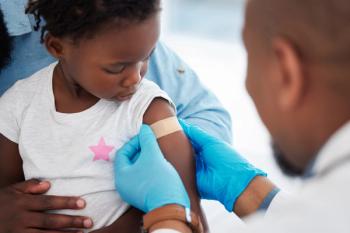
Endometriosis likely in girls with chronic pelvic pain
Nearly all adolescent girls with chronic pelvic pain that doesn?t respond to conventional medical therapy were found to have endometriosis. What accounts for the higher-than-expected rate of endometriosis in such adolescents?
Nearly all adolescent girls with chronic pelvic pain that doesn’t respond to conventional medical therapy were found to have endometriosis, according to new research.
Previous
With advances in laparoscopic techniques able to detect atypical lesions of endometriosis, researchers at Children’s Hospital and Harvard Medical School in Boston hypothesized that an even higher proportion of such adolescents may have lesions of endometriosis.
At the annual meeting of the North American Society for Pediatric and Adolescent Gynecology in Miami Beach, researchers
Other presenting symptoms were gastrointestinal (15.7%), urinary (2.6%), irregular menses (7.8%), and menorrhagia (3.5%). Three-fourths of patients for whom data were available had a family history of endometriosis.
Improved laparoscopic optics, improved visualization of endometrial lesions using newer laparoscopic techniques, biopsy of visually negative pelvises, and greater surgeon experience may account for the increase in the rate of diagnosis of endometriosis at Children’s Hospital, the researchers speculate. They recommend referral of adolescents with refractory chronic pelvic pain to gynecologists experienced with subtle findings of atypical endometriosis.
Newsletter
Access practical, evidence-based guidance to support better care for our youngest patients. Join our email list for the latest clinical updates.










